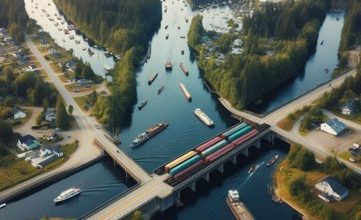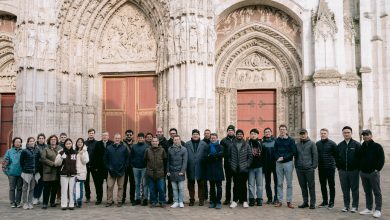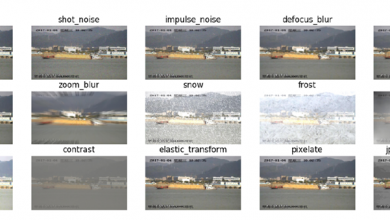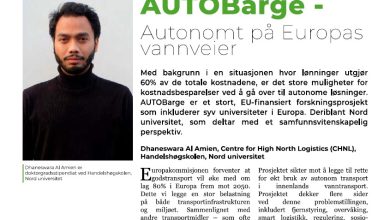My life as an AUTOBarge ESR. What’s special here?

Recently I have been invited to participate in a survey where they are investigating the attractiveness of the Marie Skłodowska-Curie Actions (MSCA) and also some other aspects. This led me to think on our project level and finally to decide to write about my life as an AUTOBarge Early Stage Researcher (ESR)!
This month the project will complete its half journey of 24 months. Looking behind from the application process to onboarding to this wonderful project it was a long period of about 1.5 years. Now it is another year after the official onboarding on this project. Over this period, I have 14 PhD colleagues onboard the same journey who were coming from diverse backgrounds, and who are more than colleagues now. They are working in a similar domain at large but still have diverse ideas, concepts, and methods to talk, discuss and debate about. Also, several supervisory persons from both academia and industry are supporting, guiding, and eventually becoming a mentor for the ESRs.


Figures: The wonderful AUTOBarge Team
In my opinion, the project works here as an umbrella above an umbrella. The framework of the project enables active interaction among the consortium members and the ESRs are the active linkage for sharing knowledge and networks. Apart from my host university (Chalmers University of Technology) facilities, I have external expert networks from the AUTOBarge consortium. This is truly a diverse resource gathering experts from both academia and the industry. It helps to bridge between industry and academia, which we often find difficult and missing in academic research. I gained access to discussing our ongoing work with many Inland Waterways stakeholders through this channel. It facilitates to gather field data and make our upcoming deliverable a realistic, timely, and effective one.


Figures: inside & outside: the plenary session and project outreach
The structure of the project provides the opportunity for networking and knowledge-sharing to a great extent. All the ESRs have two research visits termed as ‘secondment’ outside their host institution three months each. Also, the project team including all ESRs meets around every six months in different host institutions for knowledge sharing, project progress evaluation, and soft skill training. It also provides a common ground for icebreaking among the team following different social activities. On the other hand, all these extended opportunities come with additional responsibility. As an ESR, we have to serve both the host university (PhD) degree requirements and project deliverables, if they are not the same. It also has some limitations on working scopes since the topic is already narrowed down which needs to be delivered within a time boundary.

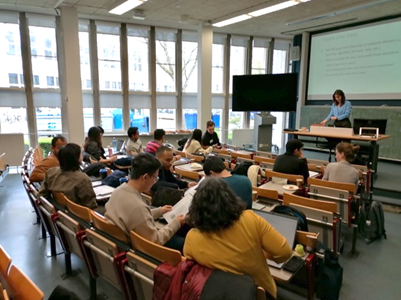
Figures: Practical and soft skill training
Like any other journey, this journey also had both pros and cons and I assume we just have to accept both sides of the coin. However, If I go back two years and have this opportunity I will say ‘yes’ again! Thanks to MSCA and all the people who made this happen.
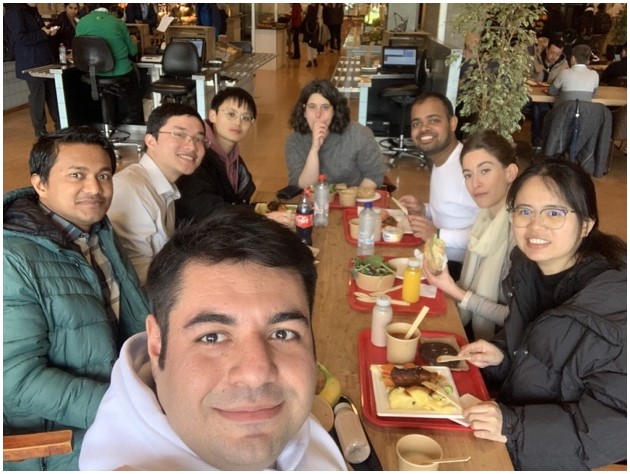

Figures: We do have fun too!
An article by Rana Saha

